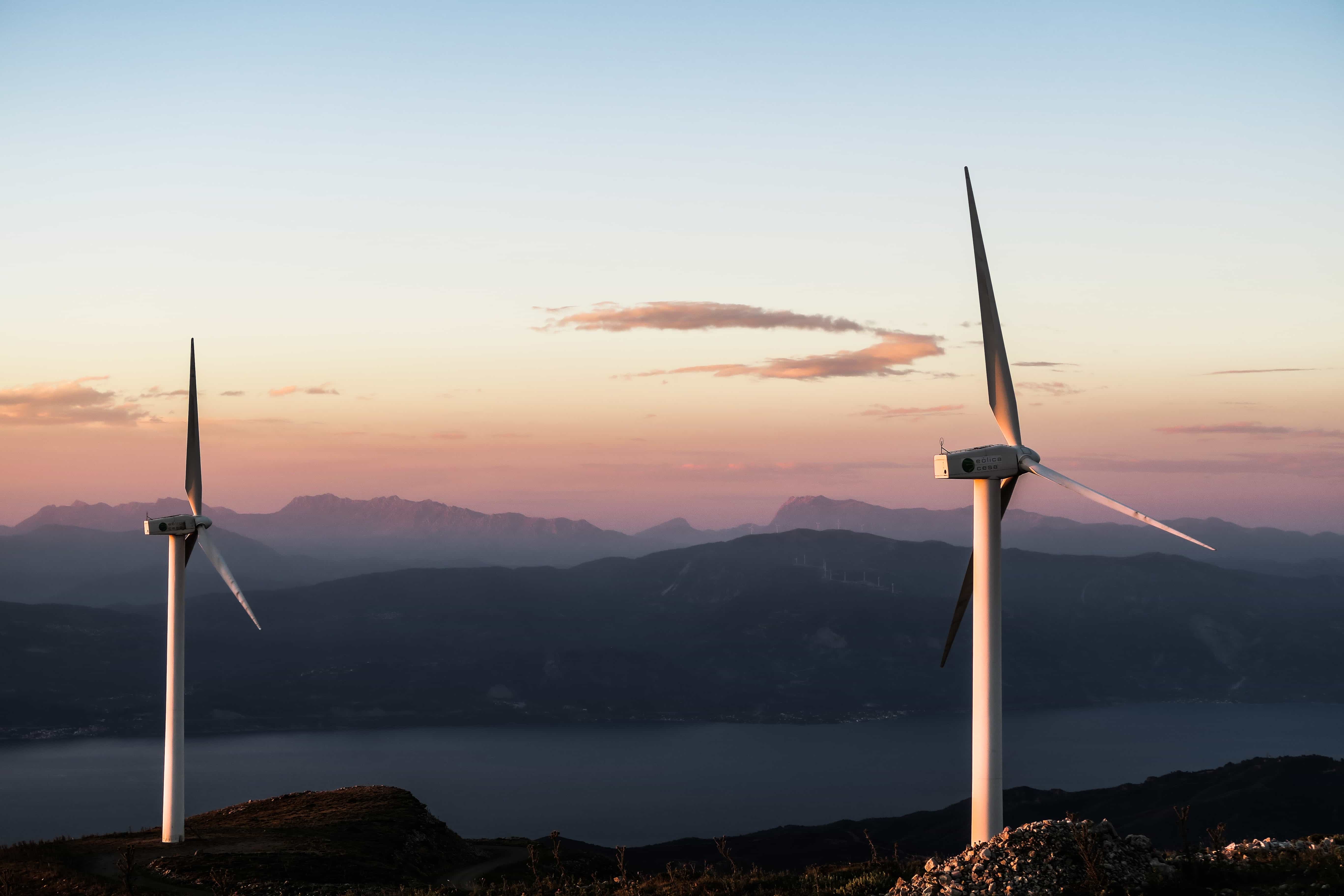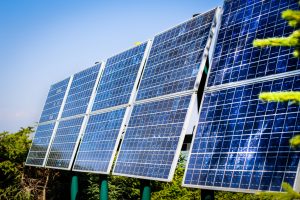Is Solar a Necessary Step Forward?

Canada has a target to reach net-zero emissions by 2050, which was established through a legal document titled the “Net-Zero Emissions Accountability Act” in 2020, in order to ensure that it is aligned with the global goal to limit the temperature average to 1.5 degrees Celsius or lower. Canada has also agreed in a reduction of its emission to 30% below what its emissions levels were in 2030, to also further align with the goals that countless countries around the world have begun to implement. The country is currently undergoing the implementation of a climate plan titled “A Healthy Environment and a Healthy Economy”.
The generation of renewable energy has increased by 16% from 2010 to 2018 in Canada, with the largest growth sectors remaining solar and wind. Around the globe, 78% of human caused GHG emissions are from the consumption and production of energy. Some areas of production and consumption include production of unrenewable sources of energy, transportation, production of oil and gas, and the cooling as well as heating of infrastructure. Any conflicts surrounding solar energy consumption, production and development usually arise in provinces because of differentiated approached to both policy, guidelines, and costs. The largest PV solar power plant in the world is in Sarnia, and 12,800 homes are powered by Enbridge’s solar, as well.
There are many renewable energy sources available in Canada, such as:
Wind energy:
Wind energy is exponentially growing around the world. Energy derived from wind is kinetic energy that is captured from shifting air and is eventually converted into energy electricity using what are called wind turbines. These turbines are placed in locations which are promising for wind sourced power. Wind power is rarely installed solitarily, and in face, are usually deployed in groups called “wind power plants” or “wind farms”. Wind powered can be sourced either locally or through the energy grid in order to power infrastructure, homes and organizational business locations. They are an environmentally friendly energy source, as wind energy does not require any fuel, and is powered using the natural energy provided from within our environment. It does not contribute to GHG emissions or pollution.

Small Hydropower:
Because the water cycle is an endless, constantly recharging system, hydropower is considered a renewable energy. When flowing water is captured and turned into electricity, it is called hydroelectric power or hydropower. There are several types of hydroelectric facilities; they are all powered by the kinetic energy of flowing water as it moves downstream. Turbines and generators convert the energy into electricity, which is then fed into the electrical grid to be used in homes, businesses, and by industry.
Hydropower energy is used to power machinery, technology and electricity. This energy supplier uses water, but does not diminish or consume water up in its process. Many facilities utilize kinetic energy which is provided through running water that naturally moves downriver. It is considered a renewable or ecological form of energy, as it replenishes itself naturally and the water cycle itself refills sustainably as well.

Solar Thermal:
Canada is positioned excellently for solar purposes, as well as the implementation for solar resources. Approximately 70% of commercial, institutional and residential buildings are used for heating in Canada. To date, Canada is a global leader in solar air collection commercialization and advancement. There is generally medium to large market prospective.
Solar Photovoltaic
In Canada, Photovoltaic (PV) technology has become a favoured form of renewable energy technology due to a number of social and economic factors, including the need to reduce greenhouse gas (GHG) emissions, deregulation, and the restructuring of electric power generating companies. The rapid growth in the deployment of photovoltaics in recent years indicates that the technology is quickly gaining ground in Canada. Solar powered energy is exponentially growing in Canada, especially as a result of GHG emissions reductions being implemented through government incentives and policies nationally. The most important feature of a solar panel is the photovoltaic cell. This cell is what generates and converts energy using what is called the “photovoltaic effect”. Sunlight which is absorbed creates electric currents which are used to generate energy. Solar powered energy serves as an innovative solution for complex problems. Solar energy allows humanity to capture both heat and electricity, and a solar panel installation is able to generate a great amount of electric KW for large residential households, and much more.

Marine Energy
The gravitational power of the moon and the sun allows for the upsurge and fall of the tides, which ultimately produces tidal energy. Tidal energy is not as common in Canada, however, due to the high investment costs, as well as any ecological concerns regarding the production and implementation of this type of energy. Tidal energy allows for great potential for both the generation of electricity, its dependability and the sustainability potential. Currently, British Columbia has the most tidal energy developments and the greatest possibility for consumption, as well as deployment – especially developments that can be greater than 1MW. The scalability for tidal energy is also very appealing, and offers great opportunities. This form of energy does not emit any GHG emissions, offers high energy density and is a sustainable and renewable form of energy.

Bioenergy Systems
Bioenergy is a sustainable source of energy which is obtained from organic organisms, as well as their by products. To date, bioenergy encompasses 6% of the total energy supply in Canada. Bioenergy is renewable source of energy which releases minimal to no GHG emissions and allows for the unique opportunity for waste reduction. There are unique and innovative technologies currently being developed globally to allow for the utilization of bioenergy. This form of energy can be applied to transportation, the agricultural industry, heating and much more. Bioenergy also allows for biofuels, biomass, and biogas.
